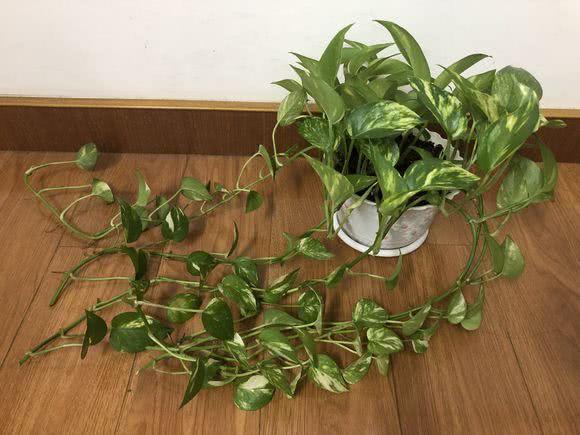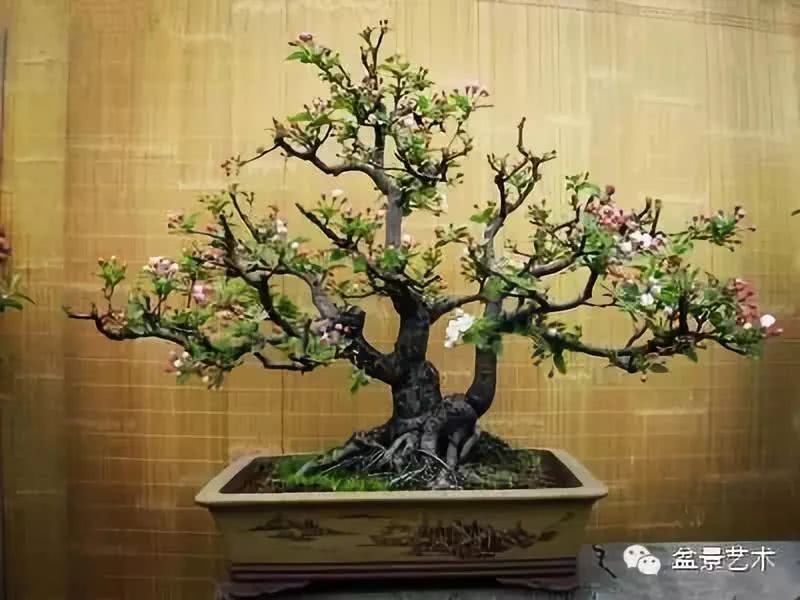Manage cypress bonsai

Cypress mainly refers to Platycladus orientalis, also known as Platycladus orientalis, Platycladus orientalis, belonging to the Cypress family, is an evergreen tree, cypress species have thousand-head cypress: secondary shrub-like, no obvious trunk. Platycladus orientalis: a short compact shrub with golden leaves all the year round. Sprinkle gold cypress: the leaves are light green.
Cypress has thin branches, majestic verve, uneven crown, drooping branches and leaves, evergreen four seasons, like a blue cover, long life, beautiful posture, is an important pot pile material.
Cypress is native to China and is a temperate tree species. Like light, but have a certain degree of shade tolerance. Like warm, humid climate, but also adapt to dry and cold and warm and humid conditions. Resistant to cold, it can grow at-25 degrees, and the leaves turn brown in cold conditions. The soil is not strict and can grow under acidic, neutral and alkaline conditions. It has strong salt resistance and can grow in soil with a salt content of 0.2%. Resistant to drought and barren, it can also grow in rock crevices. But it also has a certain degree of moisture resistance. The root system is well developed, with many whisker roots and resistant to transplantation. Long life, slow growth. The first leaves of the cypress are needle-like leaves, followed by scaly leaves, and all are scaly leaves after 2 years. Generally speaking, the growth rate is faster in the young and young stages, moderate and slow in adulthood, and slower in the old trees.
The production of cypress bonsai is divided into the following steps:
(1) material selection:
The source of cypress bonsai materials is the sowing method, which is cultivated and modeled from the seedlings. As the seedling is resistant to transplantation and easy to shape, it can be processed and shaped gradually according to the design requirements. Although it takes a long time, the bonsai is ideal. Another way is to dig from the wild.
In nature, there are some old cypress stumps that have been beaten by wind and rain for years. Lightning strikes and animal or man-made damage, forming a variety of strange shapes, some broken, some hollow, some hanging roots, some withered, these are ideal materials for making bonsai. The root system of cypress is well developed, especially the fibrous root is rich. When digging, we can first cut off its main root and retain the fibrous root. The aboveground part should be cut short, and the cluttered branches and leaves clustered on the branches should be cut off, as well as the long branches of the culms, and the branches should be arranged in parallel, and pay attention to keeping the withered branches.
As cypress grows slowly, it is necessary to retain as many branches as possible. The appropriate time for digging is after early winter and before germination in early spring. When transplanting, you should bring soil balls to protect the roots. When you are unable to bring a soil ball, you should try your best to ensure the integrity of the fibrous root, and adopt water spraying and shading measures, and put it on the basin as soon as possible to reduce the time of leaving the soil. Bare root transplantation can be carried out in the rainy season.
(2) examine the tree and set the pattern:
The cypress is not afraid of the cold, the snow is frozen, and it is still green as usual, so it has the praise of evergreen pine and cypress. The production of cypress bonsai highlights its vigorous, straight and majestic features. Some cypress skin has been peeled, or hollow, but still luxuriant branches and leaves, heroic posture, such cypress can be made into dry type.
Some tree trunks are naturally inclined, and the bark is mottled with rich antiquity, which can be made into oblique dry type, and single or double trunk can be determined according to the condition of the branches.
Some ancient cypresses grow in cliffs, mountain streams or stone crevices, and the trunk bends sharply from the root neck, like a waterfall, majestic, which can be made into a cliff style.
Some cypress pile branches bend left and right, potential if you long, strange shape, natural, can make horizontal dry type or flat dry type. Some roots are exposed or suspended, and the old roots are vertical and horizontal, which can be used to make exposed-root bonsai. In short, according to the natural form of cypress pile, follow its situation, seize its charm, and highlight its spirit.
Cypress diseases and insect pests are mainly rust, cypress moth, red spider and so on.
Rust: the pathogen invades the twigs and discriminates against winter, the galls on the twigs are clustered, the leaves are gradually withered yellow, and then the branchlets die. Control methods: 100 times the same amount of wave and more liquid can be sprayed on the tree trunk from July to August, once in about 10 days, for 3 times in a row. From March to April, 1-3 degree stone sulfur mixture can be used.
Deep reading
- Prev

Grandma threw gray mosquitoes into the flowerpot and the new buds of the potted flowers sprang up all over the pot.
What we are talking about here is plant ash, which is no stranger to flower friends who have lived in rural areas. Some flower friends want to try plant ash to grow flowers. Plant ash itself is a very good fertilizer, but we must pay attention to the method and dosage when applying it.
- Next

How to make peach bonsai
Peach is a small deciduous tree of the genus Prunus in Rosaceae. Flowers solitary, pink, flowering from March to April, first leaves open. The fruit matured from June to September. Peach trees like light, drought tolerance, fertile and well-drained soil. Not resistant to moisture, such as blisters 3 murmurs.
Related
- Wuhan Hospital Iron Tree Blooming Result Was Instantly Frightened by the Gardener Master
- Which variety of camellia is the most fragrant and best? Which one do you like best?
- What is the small blue coat, the breeding methods and matters needing attention of the succulent plant
- Dormancy time and maintenance management of succulent plants during dormancy
- Minas succulent how to raise, Minas succulent plant pictures
- What are the varieties of winter succulent plants
- How to raise succulent plants in twelve rolls? let's take a look at some experience of breeding twelve rolls.
- Attention should be paid to water control for succulent plants during dormant period (winter and summer)
- Watering experience of twelve rolls of succulent plants
- Techniques for fertilizing succulent plants. An article will let you know how to fertilize succulent plants.

